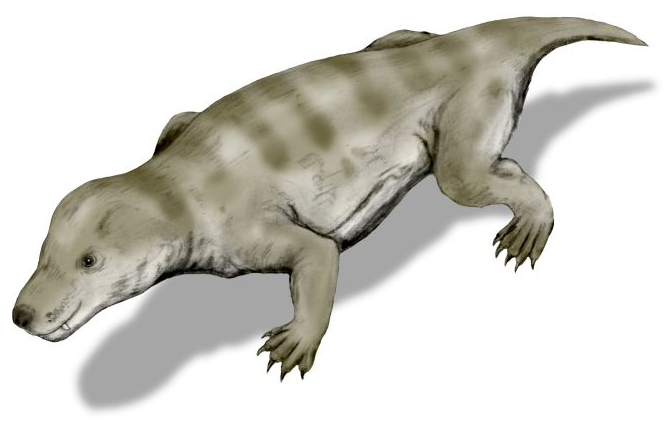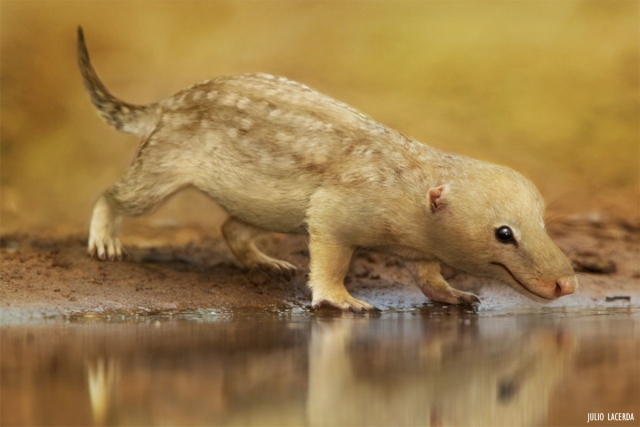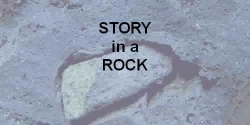Mammals - are these your grandparents?
Mammals - at these your grandparents? - Cynodonts
About 250 million years ago the most lethal mass extinction of all time, the end-Permian extinction, claimed 90 percent of all ocean life and 70 percent of all land species.
Cynodonts were one of the few groups of creatures to survive the mass extinction. They are reptiles that pre-date dinosaurs and would appear to be the grandparents of marsupials (like kangaroos), placental mammals (like humans) and monotremes—mammals that lay eggs instead of giving birth to live young (like the platypus and echidna).

By Nobu Tamura (http://spinops.blogspot.com) - Own work, CC BY 2.5, Link
Cynodonts lived millions of years before the appearance of the first known mammal: a shrew-like creature that lived about 160 million years ago in what is now China, yet they appear to be an important intermediate between mammals and reptiles, as they have many characteristics similar to each group

Cynodonts have nearly all the characteristics of mammals.

But unlike most mammals - cynodonts still laid eggs.
Though the last cynodonts lived into the Jurassic, most became extinct at the end of the Triassic - but not before giving rise to the first true mammals. Mammals evolved after this mass extinction in small ways that did not stand out much from their cynodonts for many millions of years.
sources
https://www.livescience.com/39221-mammal-evolution-not-great-leap.html
https://www.scientificamerican.com/article/meet-the-ancient-reptile-that-gave-rise-to-mammals/
http://eweb.furman.edu/~wworthen/bio440/evolweb/permian/cynodonts.html
http://www.eartharchives.org/articles/cynodont-fossils-from-brazil-shed-light-on-mammal-evolution/
Learn more about GEOLOGICAL TIME

